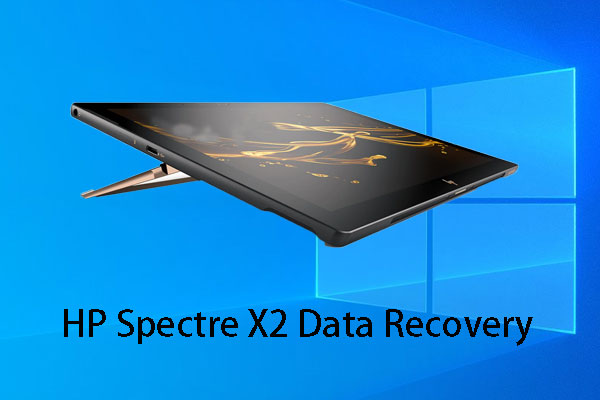Phison turnkey SSDs which are based on 3D QLC NAND has been demonstrated at Computex 2019. There controllers, PS3111-S11T controller, PS3113-S13T controller and PS5013-E13T controller have been confirmed to use on the drives. Of course, there will be other improvements in the future.
Computex Taipei 2019 had passed for almost a month. But, the new products, such as Essencore 2 TB PCIe 4.0 SSD, MemxPro New Industrial TLC SSD, and more, were showcased on the expo still attract many people’s attention.
Some of them have been mentioned in our previous news. But, Phison turnkey SSD which is based on 3D QLC NAND is not included. In this post, we will fill this gap.
Phison Turnkey SSD – Based on 3D QLC NAND
3D QLC NAND has promised to be a significant phenomenon on the market of consumer SSD due to its relatively low cost per gigabyte. Of course, this will further push down already dropping SSD prices.
Phison, as one of the leading suppliers of turnkey SSDs, demonstrated its QLC SSD prototypes at Computex Taipei this year. It is said that the SSDs are using QLC NAND from both Micron and Toshiba.
Until now, Phison has confirmed to use three of its controllers with 3D QLC NAND flash memory: two SATA controllers and one PCIe controller.
What exact are these three controllers?
The PS3111-S11T controller and PS3113-S13T controller are the two SATA controllers. They are aimed at the entry-level SATA SSDs.
While, the PS5013-E13T controller is the PCIe controller which is specially designed for inexpensive PCIe 3.0 x4 NVMe drives.
The S13T and the E13T controllers support Phison’s 4th Generation implementation of LDPC-based ECC. Besides, they also have other modern features which are designed to prolong endurance of SSDs and improve their performance. They are the critical components to allowing QLC SSDs viable on the market.
The Performance of These Phison Turnkey SSDs
Since they are all prototypes of low-end drives, the company doesn’t promise that there will be some improvements on the SSDs. However, that is a part of the tradeoffs that come with low-end hardware.
As a matter of fact, the PCIe SSDs will feel this pressure the most because the cheap and low-capacity drives will be equipped with just a couple of NAND chips which largely limit their ability to make use of parallelism.
At the same time, for SATA drive, its interface itself limits the performance of modern NAND flash. Thus, the limits of QLC’s performance are much less obvious.
Another performance you concern about should be the data transfer speeds of the drive.
After learning the above information, you can see that the 512 GB SATA SSD based on 3D QLC can offer up to 550 MB/s sequential read speeds and up to 435 MB/s sequential write speeds.
While the 512 GB SSD using PS5013-E13T controller has much faster sequential read speed of 1400 MB/s.
The Current Reported Combinations of Controller and Chips
Until now, the company has confirmed the following combinations of controllers and 3D QLC NAND chips. However, the following list and the number of the combinations will be expanded in the feature:
- PS3111-S11T + N18
- PS3113-S13T + BiCS4
- PS5013-E13T + BiCS4 1.33 Tb
Like other new SSDs showed at Computex, these Phison turnkey 3D QLC-based SSDs have not been released to public. However, they are likely to be shown up on the market later this year or early in 2020.
Then, the MSRPs will rely on the price of 3D NAND at the time, as well as market demands for QLC SSDs.

User Comments :